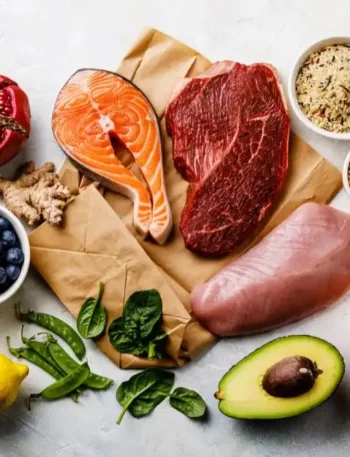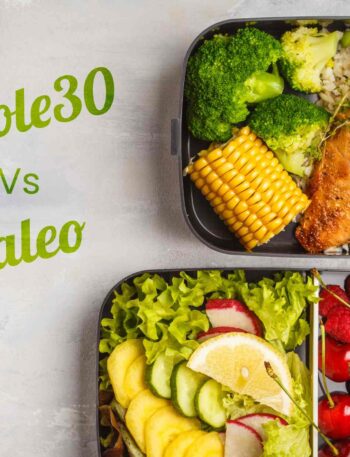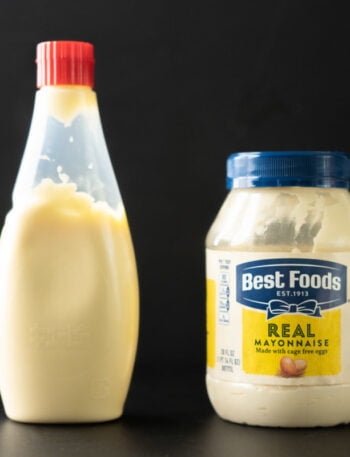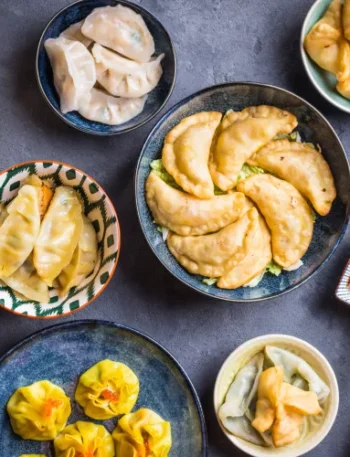Raw milk cheese has long been cherished by cheese connoisseurs for its unparalleled flavor and artisanal heritage.
Made from unpasteurized milk, this cheese offers a sensory experience that many describe as richer and more authentic than its pasteurized counterparts. However, the consumption of raw milk cheese is not without controversy, as it carries potential health risks.
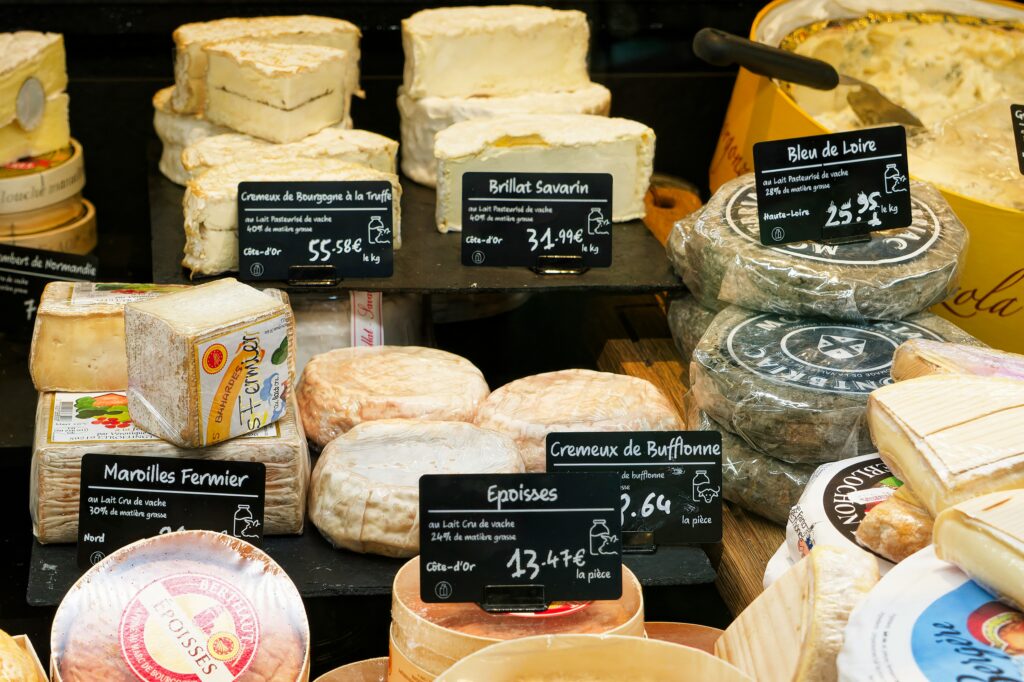
Image by Unsplash
What is Raw Milk Cheese?
Raw milk cheese is made from milk that has not undergone pasteurization, a process that heats milk to eliminate harmful bacteria. By preserving the milk’s natural microflora, raw milk cheese develops a unique complexity and depth of flavor.
Some famous varieties include Roquefort, Brie de Meaux, and Parmigiano-Reggiano.
Historically, cheesemaking with raw milk has been a cornerstone of traditional food cultures around the world. While pasteurization became widespread in the 19th century to improve food safety, raw milk cheese has retained its place as a gourmet and artisanal product.
The Pros of Eating Raw Milk Cheese
Enhanced Flavor Profile
Raw milk cheese is renowned for its complex and nuanced taste. The natural bacteria and enzymes present in unpasteurized milk contribute to the unique flavors of each cheese, which can vary depending on factors like the animals’ diet and the region’s terroir.
Nutritional Benefits
Raw milk cheese is often richer in nutrients than pasteurized varieties. It contains:
- Probiotics: Beneficial bacteria that support gut health.
- Enzymes: Aid in digestion and nutrient absorption.
- Vitamins: Higher levels of fat-soluble vitamins like A, D, and K2, essential for bone health and immune function.
Support for Traditional Practices
Purchasing raw milk cheese supports small-scale, artisanal cheesemakers who preserve age-old techniques. This not only helps sustain local economies but also ensures the survival of traditional food practices.
Cultural and Culinary Significance
Raw milk cheese is deeply rooted in the culinary traditions of many regions. Whether it’s a creamy Camembert from France or a robust Pecorino from Italy, these cheeses are often central to cultural identities and celebrations.
The Cons of Eating Raw Milk Cheese
Health Risks
The most significant drawback of raw milk cheese is the potential for foodborne illness. Pathogens such as Listeria monocytogenes, Salmonella, and E. coli can survive in unpasteurized milk and cause serious health issues.
Vulnerable groups, including pregnant women, young children, the elderly, and immunocompromised individuals, are particularly at risk.
Real-life cases highlight these dangers. For example, a 2018 outbreak of Listeria linked to raw milk cheese in France resulted in hospitalizations and recalls.
Regulatory Restrictions
In many countries, raw milk cheese faces strict regulations. In the United States, the FDA mandates that raw milk cheese must be aged for at least 60 days to reduce the risk of contamination. These restrictions can limit the availability of certain varieties.
Shorter Shelf Life
Raw milk cheese is more perishable than pasteurized options, requiring careful storage and quicker consumption. This can be inconvenient for consumers who prefer longer-lasting products.
Cost
Due to their artisanal production methods and smaller scale, raw milk cheeses are often more expensive than mass-produced, pasteurized cheeses.
Practical Tips for Enjoying Raw Milk Cheese Safely
Source from Reputable Producers
Choose raw milk cheese from certified producers who follow strict safety standards. Look for labels that indicate quality and authenticity, such as PDO (Protected Designation of Origin).
Storage and Handling
- Refrigerate raw milk cheese immediately and keep it in its original packaging or a breathable wrap.
- Consume within the recommended time frame to ensure freshness.
Pairing and Preparation
Enhance your experience by pairing raw milk cheese with complementary foods and drinks. For instance:
- Aged Gouda pairs well with a full-bodied red wine.
- Brie de Meaux shines alongside fresh baguettes and fruit preserves.
Know Your Health Status
If you’re pregnant, elderly, or immunocompromised, it’s best to consult your doctor before consuming raw milk cheese.
Raw milk cheese is a culinary treasure that offers unparalleled flavor and cultural significance. However, its consumption comes with certain risks, particularly for vulnerable groups.
By sourcing from reputable producers, storing it properly, and enjoying it responsibly, you can savor the unique qualities of raw milk cheese while minimizing potential hazards.
Ultimately, whether to indulge in raw milk cheese is a personal choice that balances taste, tradition, and safety.
For those willing to take the plunge, it promises a rich and rewarding experience that goes beyond ordinary cheese.


